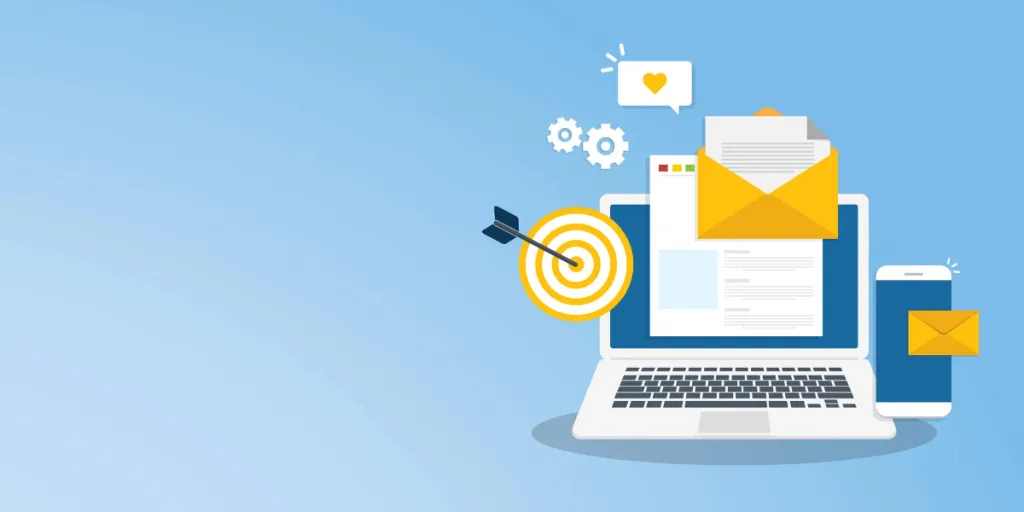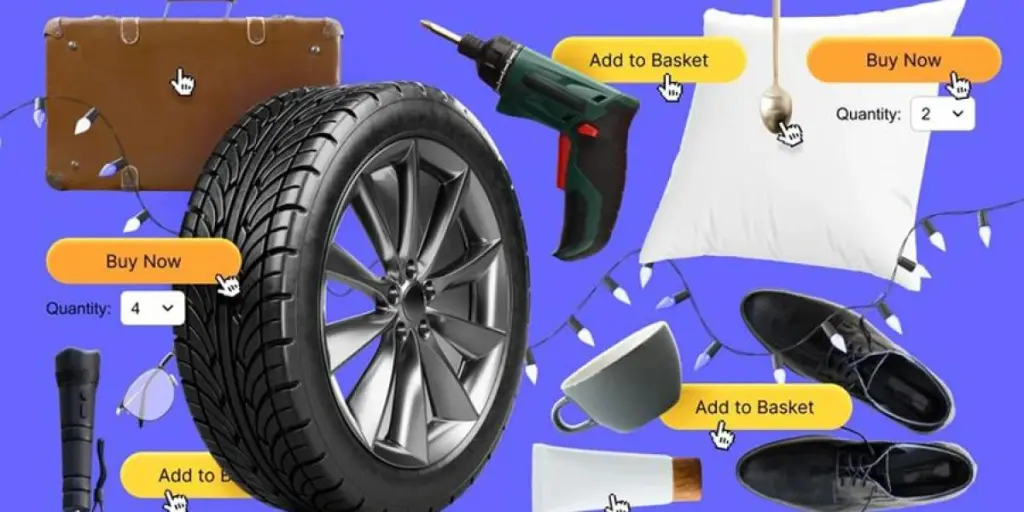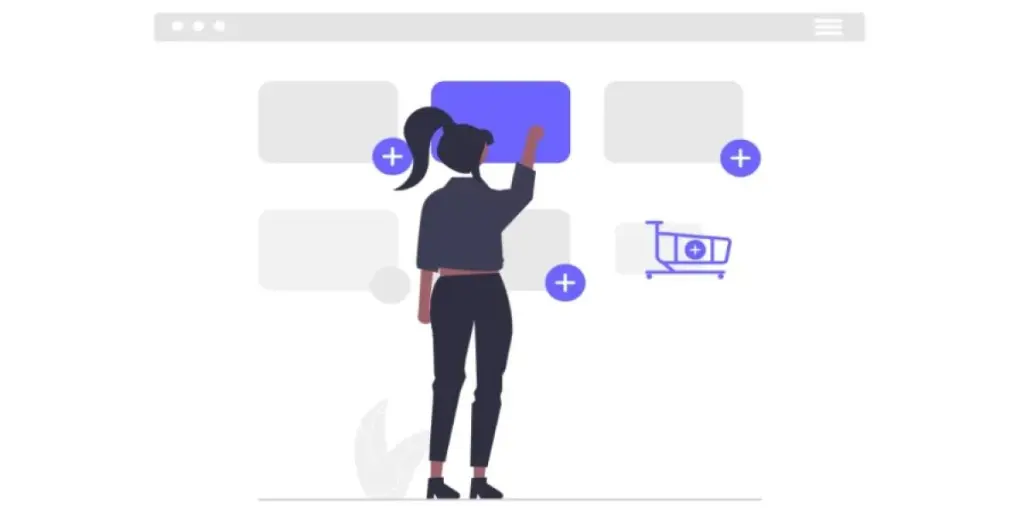Email marketing is a digital marketing strategy that involves sending emails to a group of people to promote products and services or build relationships with customers. It’s a direct and cost-effective way for businesses to communicate with their audience.
Email marketing is effective because the recipients, i.e., potential customers, have opted-in to receive emails, so it’s an excellent means to connect with them directly. In addition, email marketing isn’t impacted by external factors such as social media algorithms.
The beginning of a new year is a great time to review your email marketing strategy. Before making changes, take the time to review your current email marketing strategy—look at what’s working with your current campaigns and what areas you may want to improve. Then, look at these 2024 email marketing trends and determine how to incorporate them into your strategy this year.
Table of Contents
Trends in email marketing in 2024
Strategies for successful email marketing in 2024
Tools and resources for modern email marketing
Privacy and data protection regulations
Importance of testing
Final thoughts
Trends in email marketing in 2024
- Personalization and segmentation
- Automation and AI integration
- Interactive email content
- Privacy and data protection regulations
- Mobile optimization and responsive design
- Sustainability and green email practices
Strategies for successful email marketing in 2024
So, now that you know the trends, the question is, how can your business effectively take advantage of them? Here’s everything you need to know for successful email marketing in 2024:
1. Building, maintaining, and effectively segmenting a quality email list
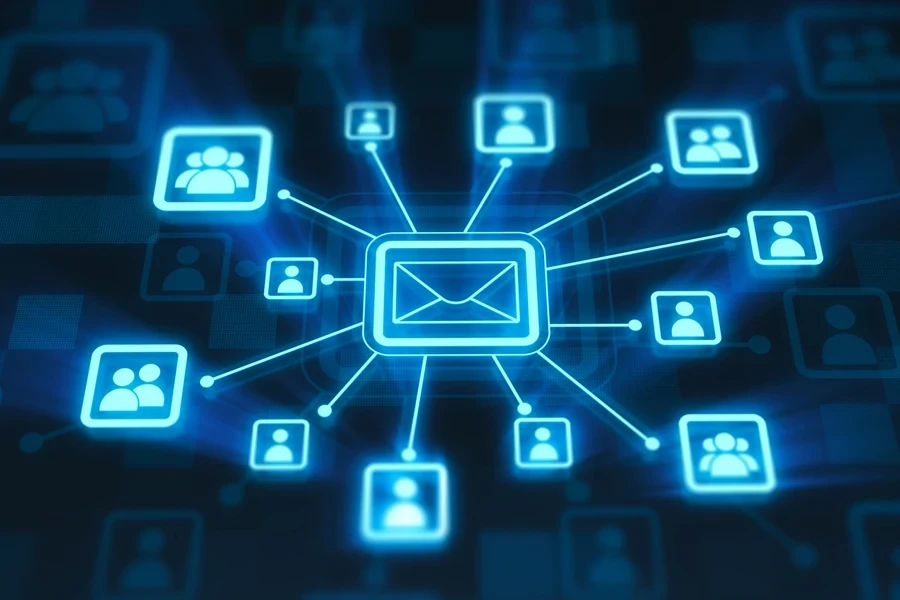
Building an email list is the first critical step in your email marketing strategy. But how do you get people to sign up?
Here are some strategies to help you build a robust and engaged email list:
- Create compelling sign-up prompts: Place prominent and visually appealing ones on your website, blog, and social media profiles.
- Offer incentives: Provide a lead magnet or incentive to encourage sign-ups—a free ebook, a downloadable resource, a webinar, or access to exclusive content.
- Use landing pages: Create dedicated landing pages focusing on capturing email addresses.
- Optimize pop-ups: Use exit-intent or timed pop-ups on your website to capture visitors’ attention before they leave. These are similar to regular sign-up prompts, except that they pop up when someone visits your website.
- Run contests and giveaways: Host contests or giveaways that require participants to enter by providing their email. While this can quickly expand your list and generate excitement, the quality of the leads may not be as good because the entrants may be more focused on winning than engaging with your business, leading them to unsubscribe after the contest.
Personalization is one of the biggest benefits of email marketing; therefore, segmenting your email list is the next crucial aspect of email marketing that can significantly enhance the relevance and effectiveness of your email campaigns. Statistically speaking, segmented email marketing campaigns average 46% higher open rates.
By dividing your subscribers into specific segments based on various criteria, you can tailor your messages better to meet each group’s unique needs and preferences.
Segmenting your email list
There are many ways you can segment your email list to tailor your email messaging, including:
- Demographic information: Collect and use demographic data such as age, gender, location, and job title to create segments. This is especially useful for businesses with products or services that cater to specific demographics.
- Purchase history: Segment your list based on your subscribers’ buying behavior. This allows you to send targeted offers, product recommendations, or exclusive deals to previous buyers.
- Engagement level: Segment subscribers based on their engagement levels, such as opens, clicks, and time spent on your website. Identify and re-engage inactive subscribers with special offers or reactivation campaigns.
- Preferences and interests: Use preferences and interests gathered during registration or through surveys to create segments. Tailor content to match the specific topics or products each group is interested in.
- Behavioral segmentation: Analyze user behavior on your website or app to create segments. For example, segment users who abandoned their shopping carts or those who frequently visit certain sections of your site.
- Subscriber lifecycle: Consider where subscribers are in their customer journey, including whether they are new subscribers, first-time buyers, or long-term customers, and tailor your messaging to each stage.
2. Crafting engaging subject lines and preheaders
The subject line is the first thing your audience will see when they receive an email, so you must make it attention-grabbing, concise, and relevant to the content of the email. Consider using curiosity, urgency, or personalization to increase open rates.
The preview text (the snippet of text visible in the inbox preview) is an additional opportunity to entice readers. Use it to complement your subject line and provide a glimpse of the value they’ll find in the email.
3. Implementing automation workflows for targeted campaigns
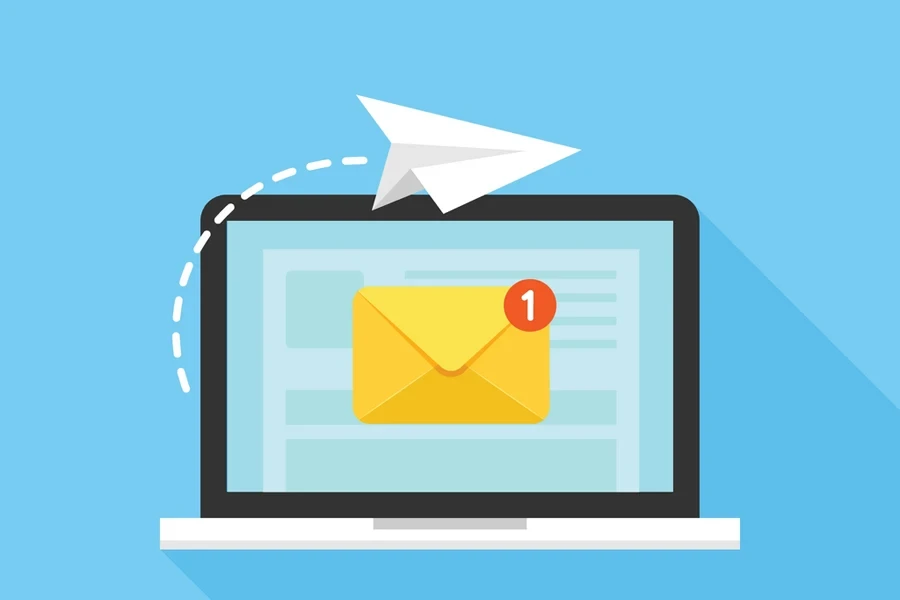
Email automation is the process of using technology to streamline and automate the sending of emails based on predefined triggers, actions, or conditions. It involves setting up a series of predetermined emails to be sent to a specific audience at specific times or in response to specific actions.
The goal is to deliver timely and relevant content to subscribers without manual intervention, thereby saving time and increasing efficiency.
Email automation is a crucial component of an overall email marketing strategy.
4. Designing visually appealing and responsive email templates
A responsive email template is an email design that automatically adjusts its layout and formatting to provide an optimal viewing experience across various devices and screen sizes. Email marketing software can help your business with responsive templates.
Here are some important elements of effective email templates:
- Keep the design clean and simple: Use a clean layout with plenty of white space to make the content easy to read and navigate.
- Use eye-catching visuals: Incorporate high-quality images, graphics, and illustrations relevant to the email content and brand identity. Note: ensure images are optimized for web and email to minimize file size without sacrificing quality.
- Choose fonts wisely: Use web-safe fonts that are easy to read and render well across different devices and email clients. Also, stick to a maximum of two or three font styles to maintain consistency and readability.
- Focus on call-to-action (CTA) buttons:
- Make CTAs stand out by using contrasting colors, bold fonts, and clear wording.
- Ensure that CTAs are large enough to be easily clickable on touch screens and placed prominently within the email.
- Comply with accessibility standards: Ensure that email templates are accessible to users with disabilities by using proper HTML markup, descriptive alt text for images, and readable font sizes and colors.
- Include branding elements:
- Incorporate brand colors, logos, and visual elements consistently throughout the email to reinforce brand identity.
- Use custom email headers and footers to personalize the email and build brand recognition.
5. Experimenting with interactive email templates
For email marketing to be successful, there should be elements where potential customers can engage with the content; this means they should be encouraged to take a desired action, such as clicking through to your blog, social media sites, or product/service pages. In 2024, businesses are experimenting with more interactive email templates to catch readers’ attention and make a more lasting impression.
Some common examples of interactive email content include:
- Clickable buttons and CTAs: Instead of plain text links, emails may include visually appealing buttons that recipients can click to visit your website, make a purchase, or perform another action.
- Accordion menus allow recipients to expand and collapse sections of content within the email, giving them more control over what they want to view.
- Carousel or image sliders enable recipients to swipe through multiple images or offers within the email, making it more engaging and interactive.
- Embedded forms or surveys: Emails may include forms or survey questions directly within the message, allowing recipients to provide feedback, answer questions, or submit information without leaving their inbox.
- Interactive quizzes or games: Some emails incorporate interactive quizzes or games to entertain recipients while also collecting data or promoting products/services.
- Polls and voting buttons: Recipients can vote or provide feedback directly within the email by clicking predefined options or buttons.
- Countdown timers: Create a sense of urgency by counting down to a specific event or deadline, encouraging recipients to take action before time runs out.
Note that it’s vital to ensure that most email clients and devices support interactive elements to maximize effectiveness.
6. Mobile optimization
In 2024, most people are reading their emails on their phones, so it’s critical that your emails are optimized for mobile. Additionally, it’s important to ensure that emails are optimized for different email carriers, especially if you’re using interactive and visual elements.
7. AI integration
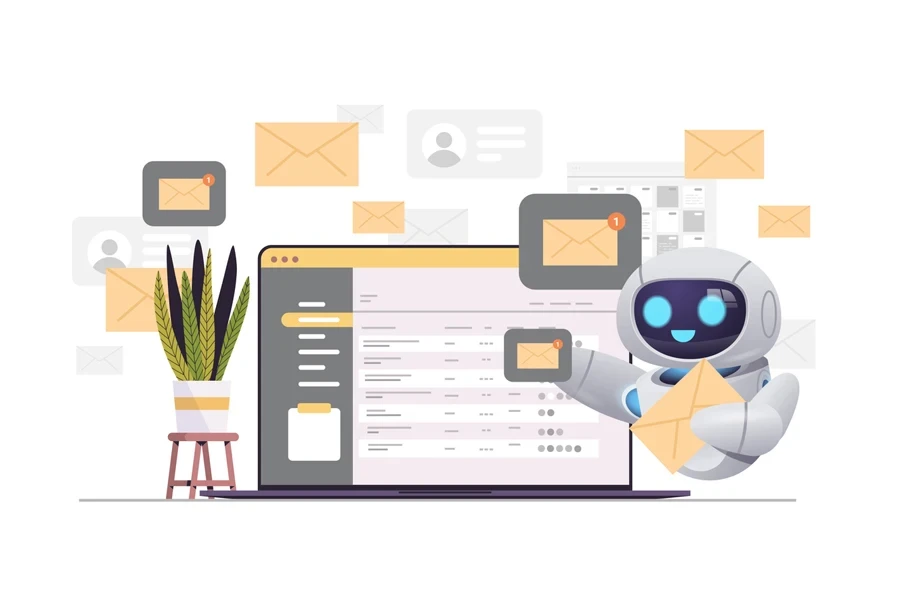
In email marketing, AI integration refers to using advanced algorithms and machine learning techniques to optimize aspects of email marketing campaigns. Not only can AI help with automation, but it can do so much more. AI is trained to analyze data sets to make predictions and provide recommendations to boost personalization and segmentation in email marketing campaigns.
Tools and resources for modern email marketing
Privacy and data protection regulations
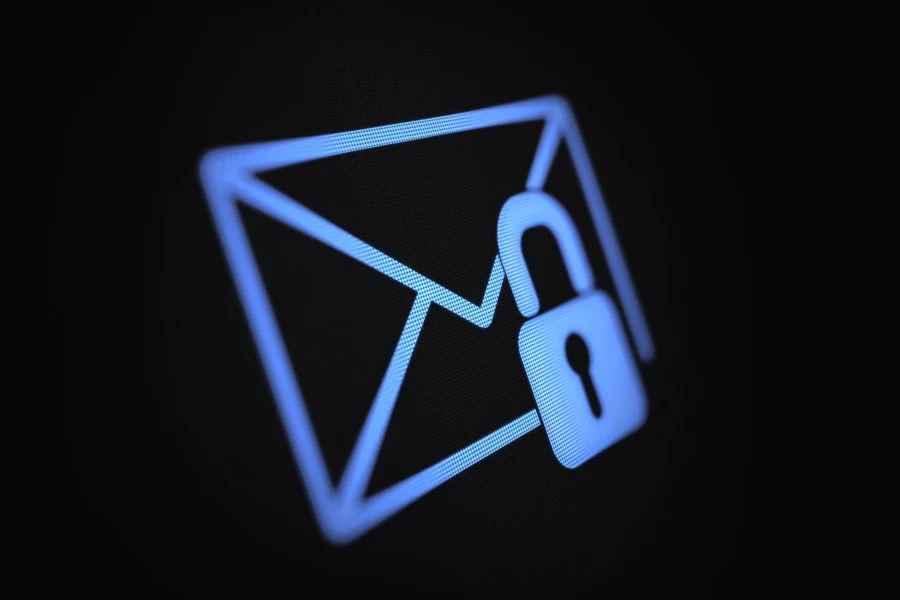
Nowadays, many people are concerned about their online privacy. According to a recent Pew Research Center study of American internet users, 79% of respondents said they were worried about how companies used their data. To allay consumers’ fears about how you’re using the data you collect about them, you should adhere to email regulations.
Adhering to regulations like the GDPR and CAN-SPAM can protect your subscribers’ data and give them the right to choose how much information they want to disclose.
Importance of testing
Testing is critical for successful email marketing campaigns, especially when experimenting with new elements. Engage in systematic experiments with different aspects of your emails to gain insights into what resonates best with your audience.
Testing facilitates personalized and segmented campaigns, maximizes ROI, and fosters innovation by encouraging experimentation with new ideas and strategies. In essence, testing is not just a best practice; it’s the key to unlocking the full potential of email marketing, driving tangible results, and delivering meaningful value to businesses.
Final thoughts
As businesses navigate the ever-evolving digital marketing landscape in 2024, one thing remains clear: email marketing continues to be a cornerstone of success. The key to unlocking the full potential of email marketing lies in embracing innovation, adaptation, and continuous improvement.
By refreshing your email marketing strategy with the latest trends, tools, and techniques, you can engage your audience more effectively, drive higher conversions, and achieve better results in 2024 and beyond.
